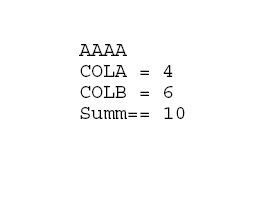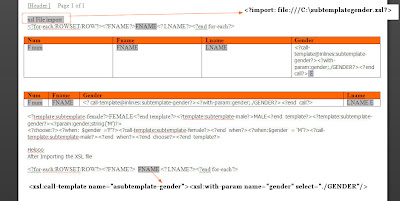Was doing some research in what is the differences between OBIEE BIP and EBiz BIP. i copied it from Tim's blog. BIP Enterprise Server (stand-alone) BIP with EBS 1. Data Extraction Connects to any databases that supports the use of JDBC drivers Meant for only Oracle DB ie the db that EBS is using. Can connect to others but requires licensing 2. Various types of Data Sources ? SQL, Data Template, OBIEE, Olap MDX, Discoverer, Web Services, HTTP / RSS feeds, File Oracle Reports or PLSQL base concurrent programs can extract data from DB. Can use BIP Data Templates to extract from other sources e.g. XML file, Excel, etc 3. Scheduling Scheduler available, scheduler can be configured with different types of databases - oracle, db2, sql server, sybase, etc. Scheduling is managed by concurrent manager. Tight integration with CM to generate output based on user driven template and output format selection. 4. Security Multiple security models supported ? BIP security, Olap, EBS security, datab...



















